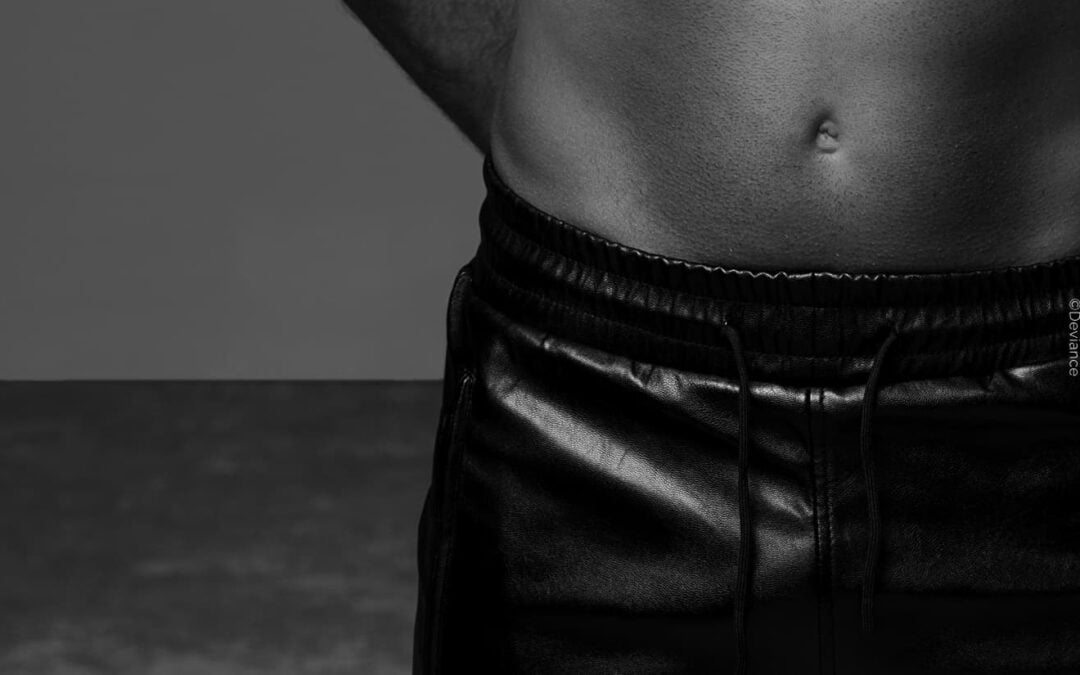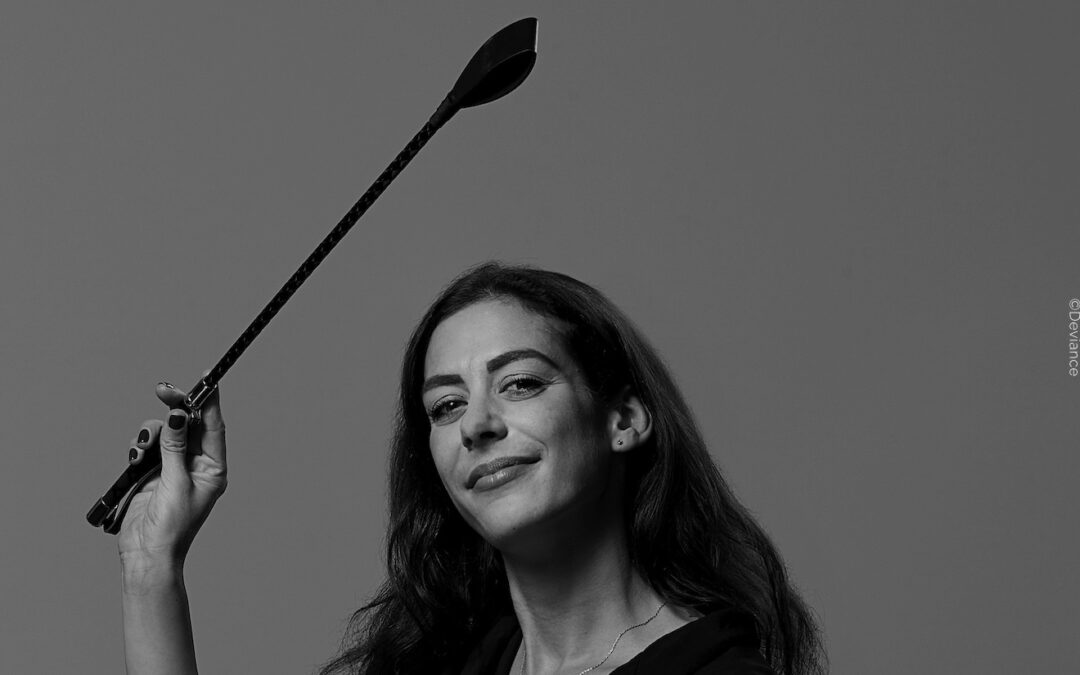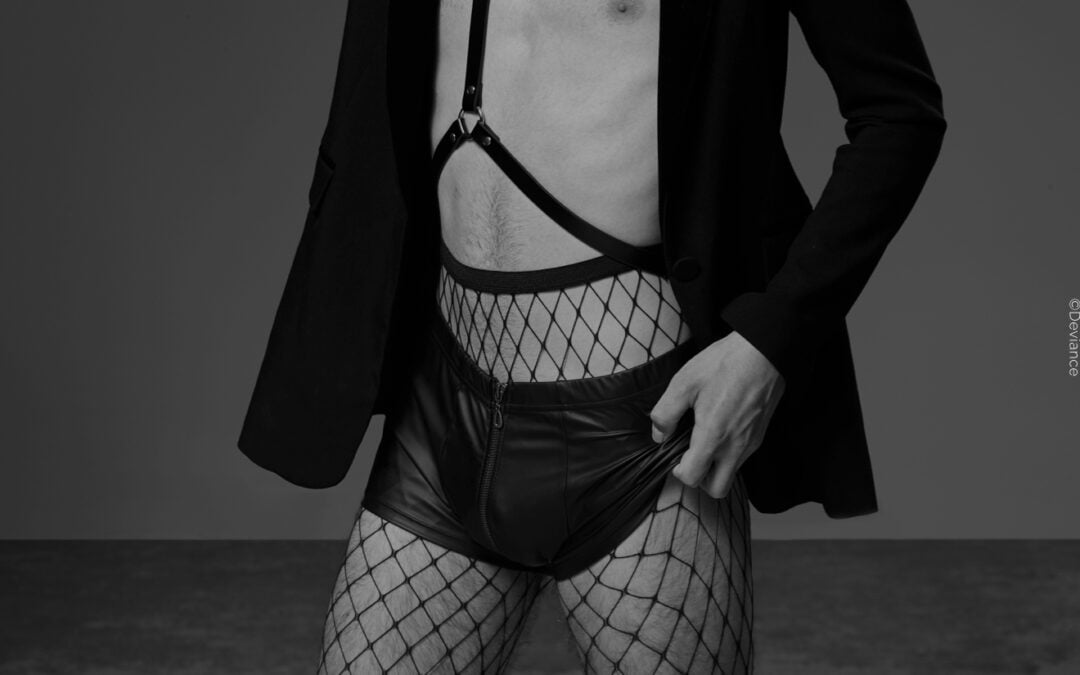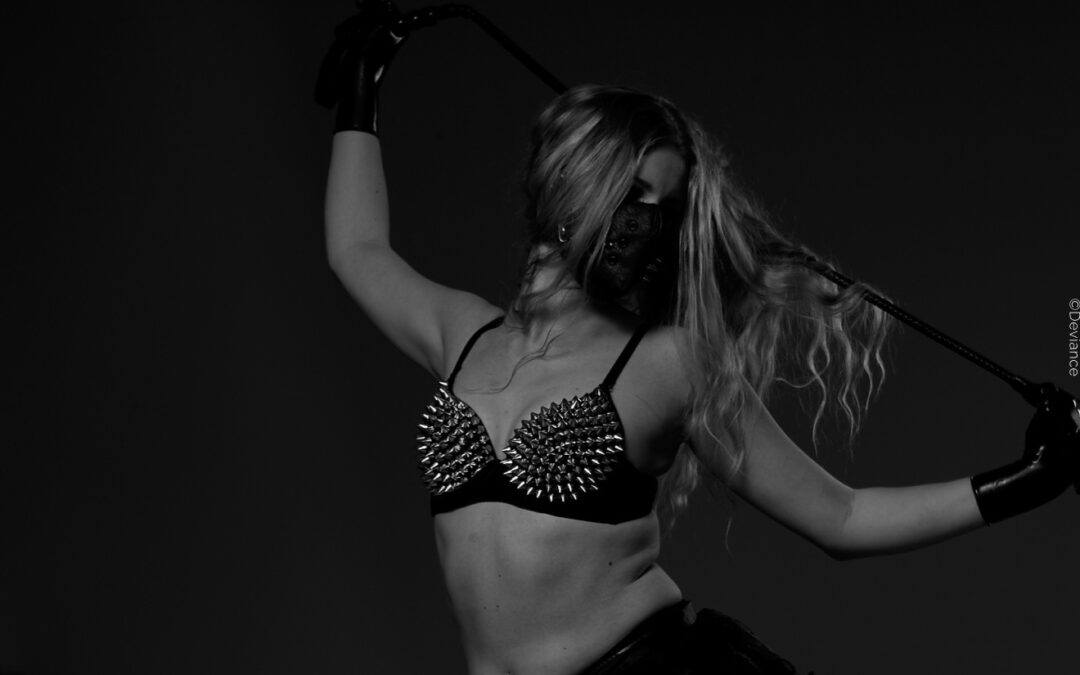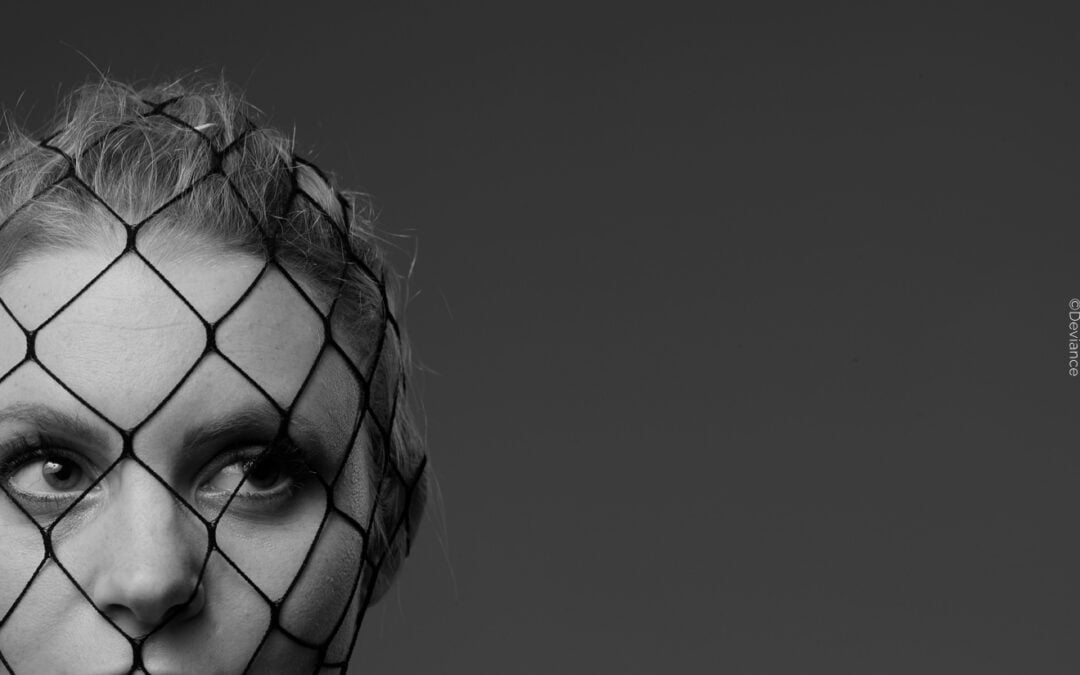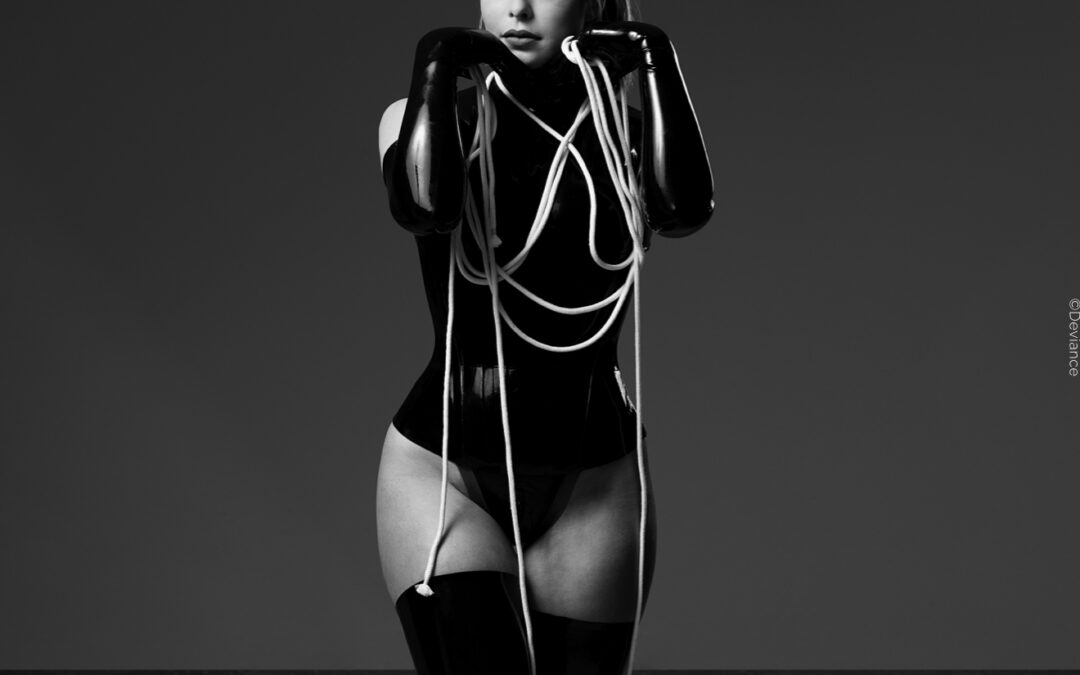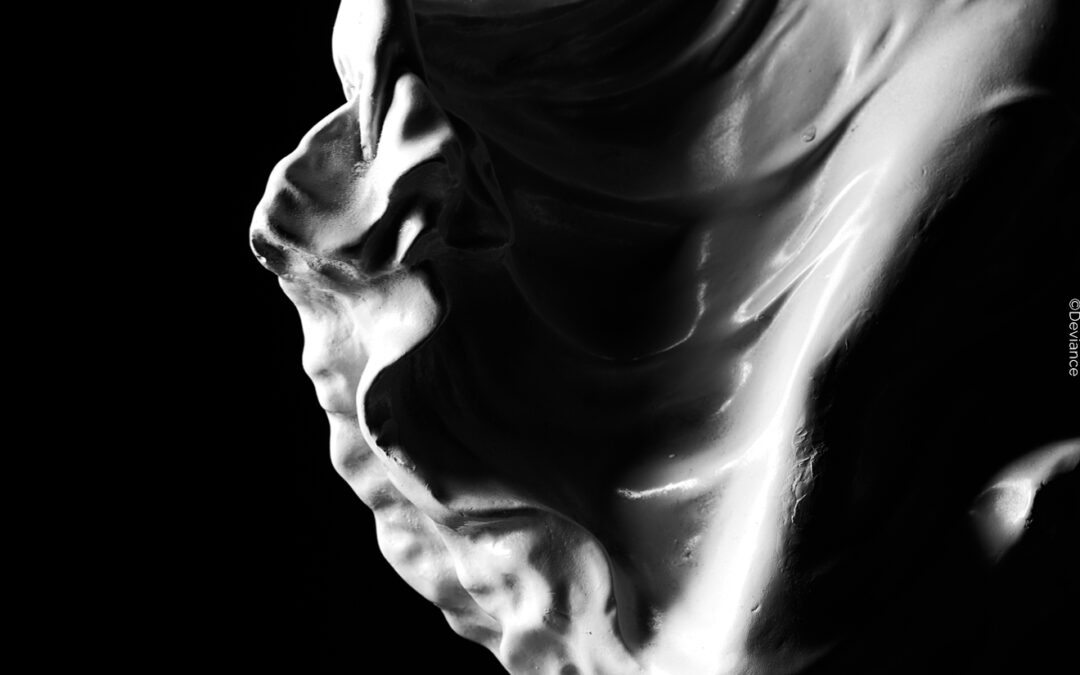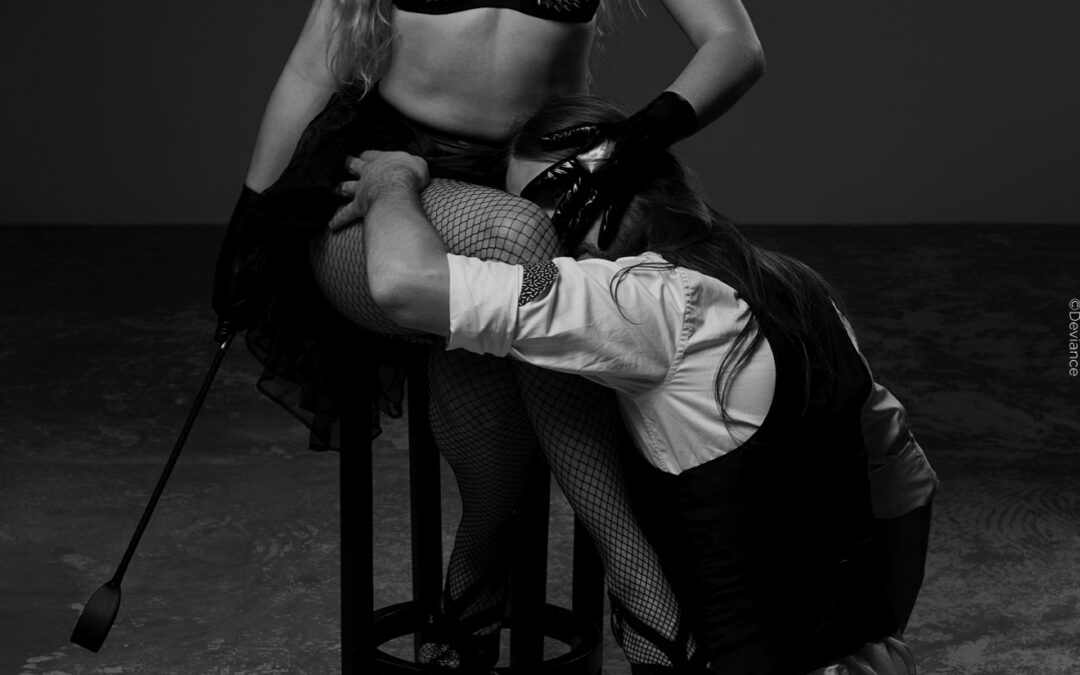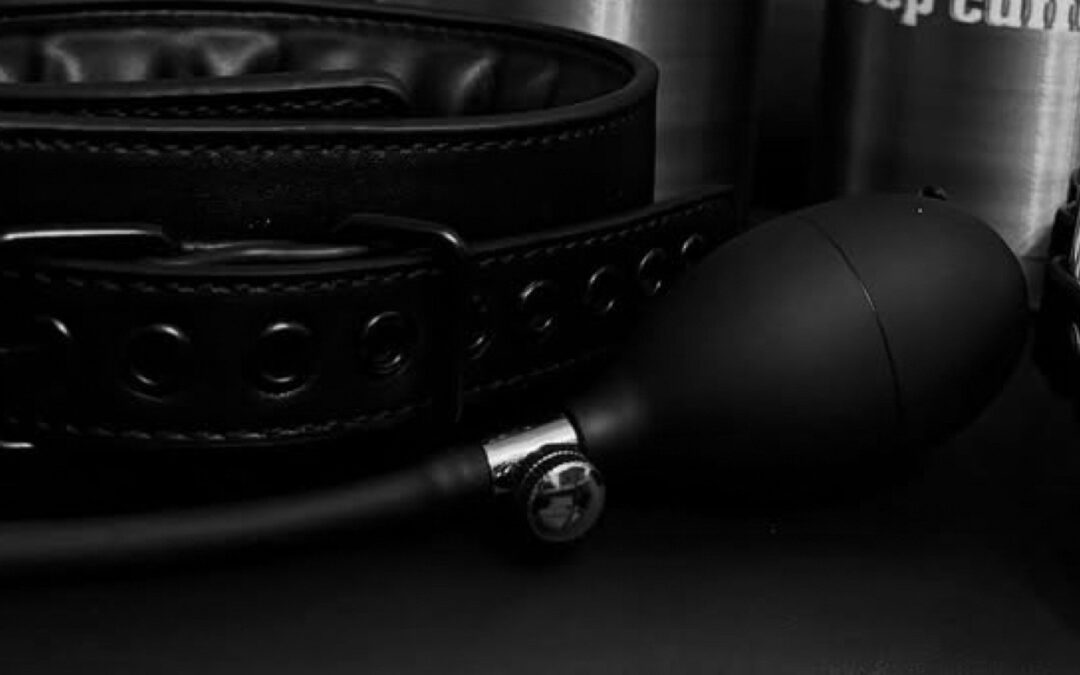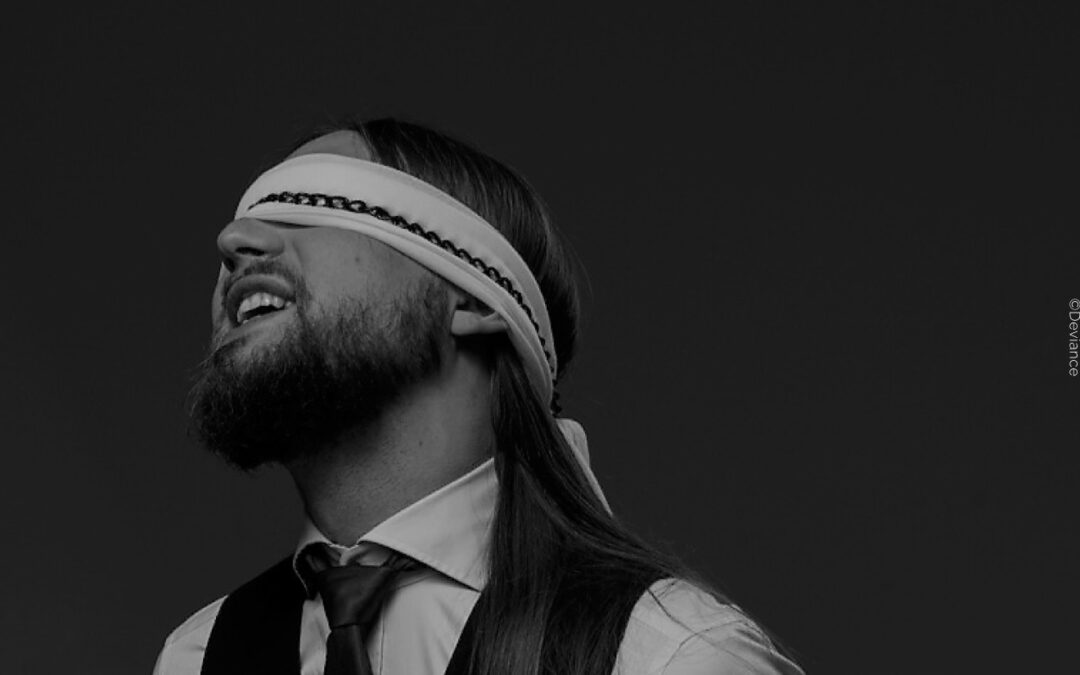What lies behind plushophilia?
Plushophilia describes the romantic or sexual attraction to plush toys. Yes, you read that right. But don’t worry – this fetish is far more harmless than it might initially seem, which is why we want to explain it here.
People with this preference feel a special emotional or erotic connection to cuddly toys like teddy bears, stuffed rabbits, or other plush figures. This connection can be purely emotional, but it may also include erotic fantasies or actions.
Plush and passion: Why stuffed animals captivate
Stuffed animals are often associated with childhood, comfort, and solace. They symbolize innocence and safety – qualities that many find soothing or even appealing. For plushophiles, these objects offer a blend of familiarity and fantasy, which can be charged both emotionally and erotically.
Another aspect is symbolism: plush toys are soft, approachable, and non-threatening, making them ideal partners in fantasies for some fetishists. They can play roles that are difficult to fulfill in the real world, giving their owners control over the narrative and emotional experience.
Soft textures, deep emotions: Expressions of plushophilia
Plushophilia can manifest in various ways, from purely emotional attachments to explicitly erotic interactions. Examples include:
- Emotional attachment: Some plushophiles feel deep affection for their stuffed animals, talk to them, or treat them as friends or partners.
- Erotic fantasies: Others incorporate plush toys into their sexual fantasies or use them as substitutes for human partners.
- Collections: Many plushophiles collect specific types of plush toys, building a special relationship with their collection.
From childhood memories to eroticism: Cultural and social background
Stuffed animals have a long history as symbols of childhood and comfort. They are ubiquitous worldwide and often associated with positive emotions. This cultural significance may make plush toys a focal point for emotional or sexual fantasies for some individuals.
In modern pop culture, plushophilia often appears in subcultures, such as among “furries”, who have a special connection to anthropomorphic animal characters. Within these communities, the preference for plush figures is often accepted and celebrated.
Is plushophilia problematic?
As with any fetish, as long as the preference is consensual and does not harm others, it is entirely unproblematic. Plushophilia typically exists within a private or imaginative realm, meaning it rarely has negative effects on others.
Challenges may arise if plushophilia leads to isolation from real interpersonal relationships. In such cases, it is important to strike a balance between fantasy and reality.
What does society say about the fascination for plush?
Plushophilia is often seen as curious or childlike, leading to misunderstandings. Many people find it hard to imagine stuffed animals being considered erotic objects. However, this fetish highlights the diversity and individuality of human sexuality.
Plushophiles should feel free to explore their preferences without shame. Specialized communities often provide a space for like-minded individuals to connect and share their perspectives. Openness and acceptance help cast even unusual preferences in a positive light.
